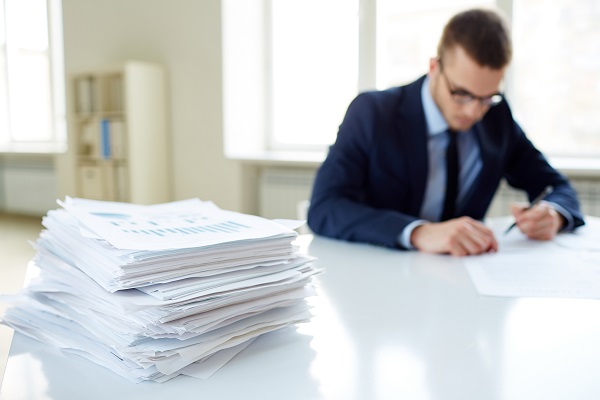These technical papers are in PDF format and require Adobe Acrobat Reader for viewing and printing. Acrobat Reader is available free.
Ions, Atoms, and Charged Particles
This technical paper written by Francis Key and George Maass discusses the forms of silver that are found in colloidal silver, specifically, silver ions, and silver particles, and the electrical charges associated with each. Many non-scientific writers confuse ions and charged particles and use the terms interchangeably when describing colloidal silver. Others refer to colloidal particles as though they are single atoms of silver. Much has been written about silver particles having a positive charge, which is false. It is no wonder then that laypeople trying to learn about colloidal silver become confused and have a hard time understanding the science involved with the subject matter when so much of what they read is scientifically flawed.
Determining the Properties of Colloidal Silver
This technical paper is written by Francis Key and George Maassdiscusses the details of how to make laboratory measurements of the physical properties of colloidal silver that are instrumental to product quality. This document is a work in progress and is not complete at this time. The authors believe there is sufficient information to be of value in its current state of completion, so it is being offered in its partially completed state for the value it may provide.
Colloidal Silver: Where does it go when you drink it? How long does it stay there?
This technical paper by Roger Altman describes a study of ingestion and elimination of colloidal silver from the human body. A fixed amount of colloidal silver was ingested each day for several months before a preliminary 24-hour silver balance was attempted by measuring the amount of silver found in feces, urine, nails, hair, and perspiration. This paper details the result of the study.

Interactions and Dynamics in Charge-Stabilized Colloid
By John Crocker and David Grier. A wide variety of natural and technologically important colloidal suspensions rely on electrostatic interactions for their useful and interesting properties. Recent advances in experimental probes of colloidal interactions reveal new phenomena apparently at odds with the conventional theory. In particular, they suggest that like-charged colloidal particles experience strong and long-ranged electrostatic attractions for each other, at least under some circumstances. The same mechanisms responsible for these attractions may affect processes as diverse as stabilization of industrial suspensions, protein crystallization, and self-assembly of semiconductor nanoclusters.
Silver Nanoparticles: No Threat to the Environment by George Maass
This report will demonstrate that silver nanoparticles do not remain “nanosize” when they come in contact with normal environmental samples, such as soil and water, but they agglomerate to form much larger, much less biologically effective, silver particles which are non-toxic, non-ionic and have no history of being harmful to the environment or aquatic life.
Solubility Products Involving Silver Compounds
This technical brief by George Maass was prepared to explain the details of the calculations involved in applying solubility product Ksp to silver compounds dissolved in water.
What is a hydrodynamic radius?
This paper explains how dynamic light scattering measurements determine the particle sizes in colloids.

